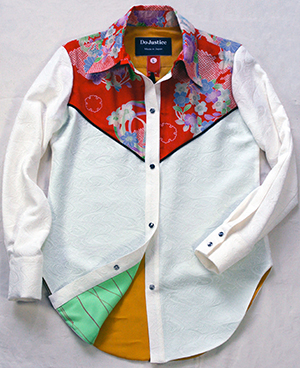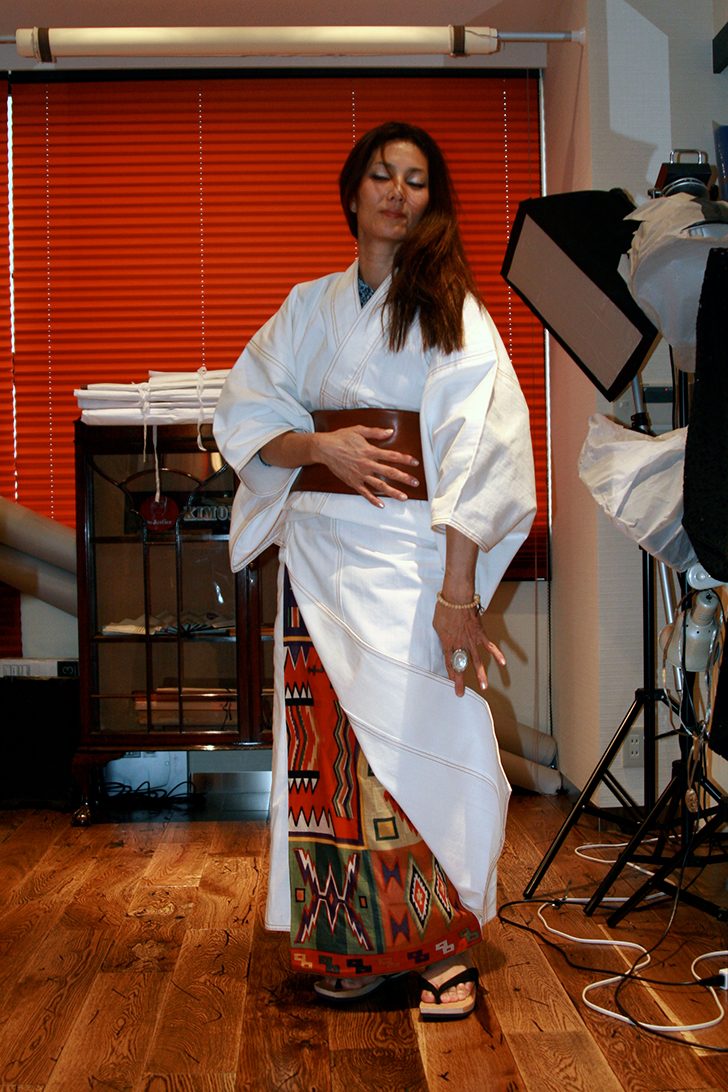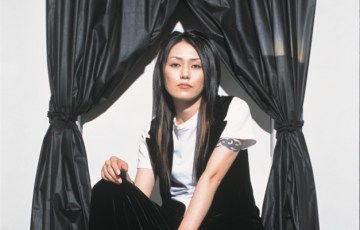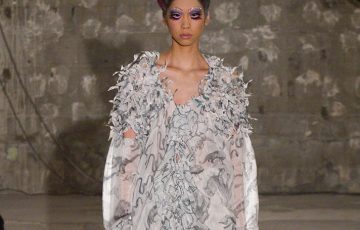 One of the things Japan is most famous for is its ability to transform and recontextualize almost anything under the sun into something incredibly new and different while retaining the essential components of the original article. From the car revolution that still has Japan in the lead when it comes to hybrid technology, to the ecologically-minded initiatives of Japan’s big cities, the ability to innovate is at the heart of modern Japanese culture. Most recently, the West has witnessed Japan’s ability to take the computer revolution born in the United States and harness the advancements made in Silicon Valley to establish Japan as the leader in robotics technology.
One of the things Japan is most famous for is its ability to transform and recontextualize almost anything under the sun into something incredibly new and different while retaining the essential components of the original article. From the car revolution that still has Japan in the lead when it comes to hybrid technology, to the ecologically-minded initiatives of Japan’s big cities, the ability to innovate is at the heart of modern Japanese culture. Most recently, the West has witnessed Japan’s ability to take the computer revolution born in the United States and harness the advancements made in Silicon Valley to establish Japan as the leader in robotics technology.
Perhaps nothing embodies the spirit of Japanese innovation like the creative whims inherent in Japan’s world of high fashion. In the realm of fashion, Japan now rivals Paris in terms of leadership in style and couture culture. This new reputation wasn’t earned easily. It took decades of processing the global trends and gradually understanding the Western aesthetic to finally place a distinctive Japanese stamp on modern fashion with innovations and style leadership that has trend hunters from around the world closely watching the streets of Omotesando and Ginza for the next big thing.
But when examining the practice of Japanese innovation, it is important to note that the craftsmen of Japan rarely divorce themselves completely from the traditions and attention to detail that have made Japan the second largest economy on the planet. No one represents this duality better than Do Justice designer Chizuko Yahagi. Yahagi has embarked upon a mission to introduce the world to the beauty and fine craftsmanship of the traditional Japanese kimono through her innovative designs that merge traditional Western shapes and construction with amazingly artistic Japanese kimono fabrics.
It was during her two years on the West Coast of America with her five children that Yahagi was first inspired to take the beauty and tradition of kimonos and turn it into something more translatable to the Western consumer less familiar with the fashion history of her native country. After viewing a local event in which Japanese-Americans were wearing kimonos and invoking the spirits of their motherland, the seed of innovation was planted. Lamenting the decline of the kimono’s popularity in Japan, it was important to Yahagi to inject the old traditions and style with something innovative that might interest not just Westerners, but the next generation of Japanese fashionistas.
 Then, after careful consideration, it became obvious to Yahagi that there was a kind of aesthetic connection between Native American and Japanese culture. In Yahagi’s mind, that connection is primarily expressed through a connection and respect for nature. Because both cultures foster such a great respect for nature, those feelings are represented in their respective fabrics and designs. What is interesting about this aspect of Yahagi’s position is that while she is completely Japanese by birth, visually she also evokes a Native American style in such a way that it would not be hard to imagine her exploring the early plains of America in traditional Native American garb.
Then, after careful consideration, it became obvious to Yahagi that there was a kind of aesthetic connection between Native American and Japanese culture. In Yahagi’s mind, that connection is primarily expressed through a connection and respect for nature. Because both cultures foster such a great respect for nature, those feelings are represented in their respective fabrics and designs. What is interesting about this aspect of Yahagi’s position is that while she is completely Japanese by birth, visually she also evokes a Native American style in such a way that it would not be hard to imagine her exploring the early plains of America in traditional Native American garb.
“Fewer people want to wear kimonos in Japan because they are expensive and complicated,” says Yahagi. “And after you wear one, the care of the garment is also complicated and can be expensive. So I focus on the fabric. The fabric has a special history, skill and culture from a long time ago back to the Meiji, Taisho and Showa era.”
When asked what she thinks of non-Japanese who don the traditional garb of the yukata or kimono, Yahagi is understated, yet truthful, “Some people are so cool, and some people don’t look so good. It depends on the person, and it depends on the feeling.”
In hopes of educating both English speakers and Japanese on the history of the Japanese kimono, as well as the innovations of her new fashion company Do Justice, Yahagi released the book called “Oatsurae.” The book features dozens of photos of kimono fashion as well as Yahagi’s modern designs, and most pages offer some explanation for the novice to kimono fashion. “Today the focus is on market research and sales, not skill,” says Yahagi. “So I focus on the antique fabric made in the past eras like the Taisho period where the focus was on the craft, not the money.”
Perhaps the most important part of the book for the kimono novice is the TPO (time, place and occasion) section. This section breaks down in detail when and where it is appropriate to wear traditional Japanese clothing such as weddings, Coming of Age Day, parties, special events and tea ceremonies. Yet another part of the book documents, in detail, the different parts of the Japanese kimono and the various accessories associated with the entire presentation.
Another refreshing aspect of Yahagi’s direction is her dedication to the notion that “Made In Japan” is not just a corporate slogan, but a cool phrase that should be used more often by those creating original Japanese works. So while the hand of innovation is ever-present in Yahagi’s designs that merge Western and Japanese styles, let there be no doubt that she is indeed dedicated to preserving Japanese culture and moving it into the future with the dynamic grace and aplomb that has become a staple of Japanese style.
*You can visit the Do Justice shop yourself in Naka Meguro, Tokyo at: 1-23-1-303 Kami-meguro, Meguro-ku, Tokyo, Japan, or visit the website at: www.dojustice.jp
Story by Adario Strange
From J SELECT Magazine, September 2009













Recent Comments